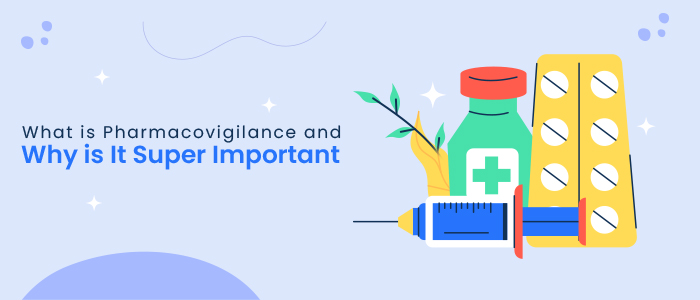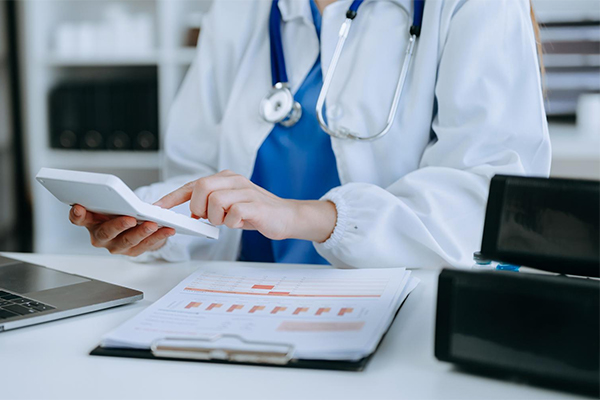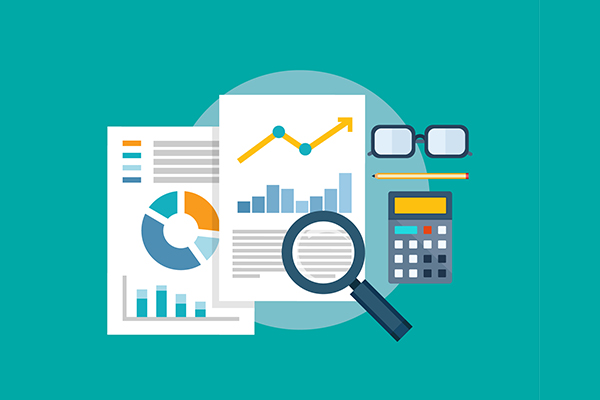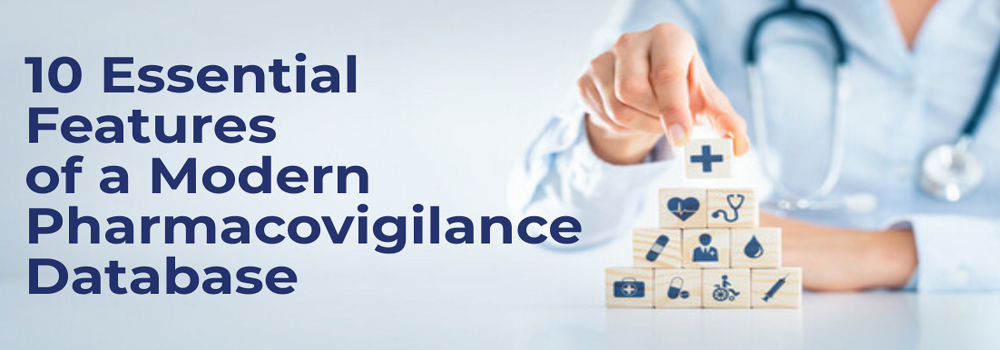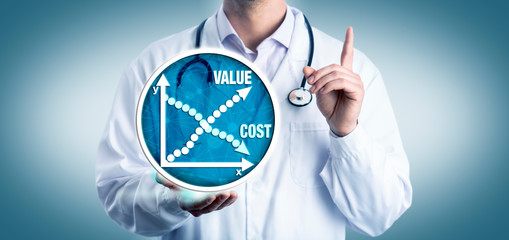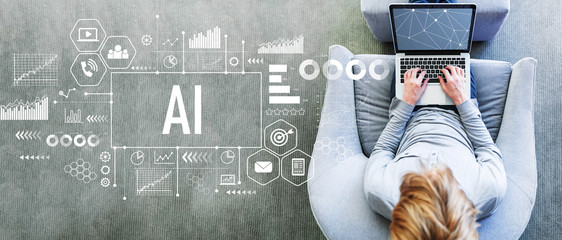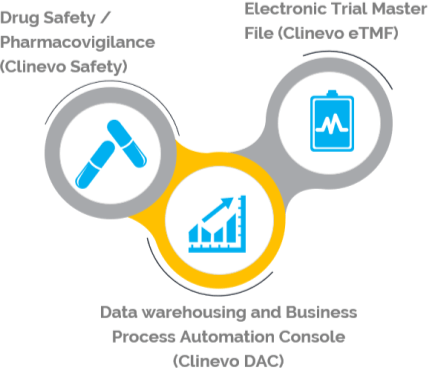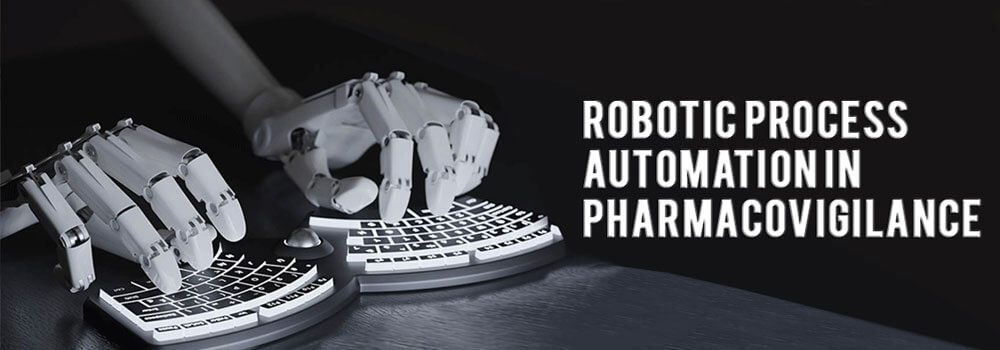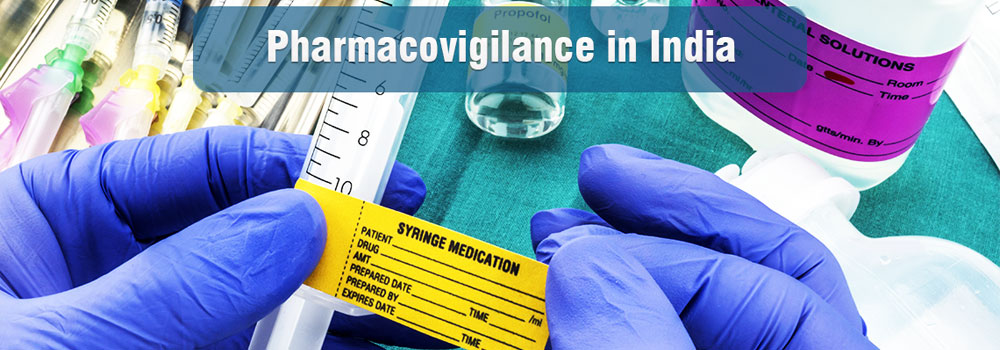Navigating the Pharmacovigilance Software Maze: Overcoming Implementation Challenges
May 29, 2024 | Pharmacovigilance | No Comments
Navigating the Pharmacovigilance Software Maze: Overcoming Implementation Challenges
Pharmacovigilance, the science and activities related to the detection, assessment, understanding, and prevention of adverse effects or any other drug-related problems, plays a pivotal role in ensuring drug safety. With the advancement of technology, pharmacovigilance software has emerged as a critical tool for efficiently managing drug safety data. However, the implementation of such software comes with its own set of challenges, ranging from technical hurdles to regulatory compliance issues.
Data Integration Dilemmas
One of the primary challenges faced by organizations when implementing pharmacovigilance software is the integration of diverse data sources. Pharmaceutical companies typically gather data from various channels such as clinical trials, post-market surveillance, and spontaneous reporting systems. Integrating these disparate data sources into a unified platform poses significant technical challenges.
For instance, ensuring the compatibility of different data formats, resolving inconsistencies in data terminology, and overcoming interoperability issues between different systems can be daunting tasks.
How can organizations streamline the process of integrating data from multiple sources into pharmacovigilance software while ensuring data integrity and consistency?
Organizations can employ Extract, Transform, Load (ETL) processes utilizing standardized data formats like E2B (Electronic Transmission of Individual Case Safety Reports) to harmonize and integrate diverse data sources into pharmacovigilance software, ensuring data integrity and consistency.
User Training Trials
Another major hurdle in pharmacovigilance software implementation is providing adequate training to users. Pharmacovigilance professionals, including medical reviewers and safety officers, need to be proficient in using the software to effectively analyze and report adverse events. However, training programs often fall short in providing hands-on experience and practical knowledge. This can result in suboptimal utilization of the software and may compromise the accuracy and timeliness of adverse event reporting.
How can organizations design training programs that cater to the diverse needs of pharmacovigilance professionals and ensure optimal utilization of pharmacovigilance software?
Offer interactive, hands-on training sessions with simulated case scenarios and role-playing exercises tailored to different user roles, complemented by online resources and continuous support channels, ensuring comprehensive skill development and optimal software utilization.
Regulatory Compliance Roadblocks
Ensuring regulatory compliance is perhaps the most critical challenge in pharmacovigilance software implementation. Pharmacovigilance activities are subject to stringent regulations and guidelines imposed by regulatory authorities such as the FDA (Food and Drug Administration) and the EMA (European Medicines Agency). Any deviation from these regulations can have serious consequences, including fines, product recalls, and damage to the company’s reputation.
Regulatory authorities have been increasingly focusing on the use of advanced technologies, including artificial intelligence and machine learning, in pharmacovigilance. This poses additional challenges for organizations in terms of validating these technologies and ensuring their compliance with regulatory standards.
To ensure regulatory compliance, organizations should prioritize thorough validation of pharmacovigilance software, including AI and machine learning components, against relevant regulatory standards like FDA 21 CFR Part 11 and EudraVigilance requirements, while staying abreast of evolving regulatory guidelines.
Scaling Up for Big Data
As the volume and complexity of pharmacovigilance data continue to grow exponentially, organizations face the challenge of scaling up their pharmacovigilance software to handle big data effectively. Traditional pharmacovigilance systems may struggle to process and analyze large datasets in a timely manner, leading to delays in detecting and responding to adverse events. Moreover, storing and managing massive amounts of data require robust infrastructure and advanced data management capabilities, which may be lacking in many organizations.
How can organizations upgrade their pharmacovigilance software infrastructure to accommodate the growing volume of data?
Implement scalable cloud-based solutions leveraging distributed computing architectures such as Hadoop or Spark, alongside advanced database management systems like NoSQL or NewSQL, to handle the increasing volume of pharmacovigilance data efficiently while ensuring scalability and performance.
Interoperability Impediments
Interoperability, or the ability of different systems and software applications to communicate and exchange data seamlessly, is a critical challenge in pharmacovigilance software implementation. Many pharmacovigilance systems operate in silos, making it difficult to share data across departments or with external stakeholders such as regulatory authorities and healthcare providers. Lack of interoperability not only hampers data sharing and collaboration but also increases the risk of data duplication and inconsistency.
The FDA’s Sentinel Initiative, a national electronic system for monitoring the safety of FDA-regulated medical products, emphasizes the importance of interoperability in pharmacovigilance. The initiative aims to create a distributed data network that enables healthcare organizations to share and analyze electronic health data for pharmacovigilance purposes.
How can organizations overcome interoperability challenges and establish seamless data exchange mechanisms between pharmacovigilance software and other healthcare IT systems?
Adopt interoperability standards like HL7 FHIR (Fast Healthcare Interoperability Resources) and implement middleware solutions such as Health Information Exchange (HIE) platforms, facilitating standardized data exchange protocols and seamless integration between pharmacovigilance software and other healthcare IT systems.
Cost Considerations
Implementing pharmacovigilance software involves significant upfront and ongoing costs, which can pose a financial challenge for organizations, particularly smaller companies or healthcare institutions with limited budgets. In addition to the cost of purchasing and licensing the software, organizations need to allocate resources for system customization, integration, training, and maintenance. Moreover, the total cost of ownership may vary depending on factors such as the complexity of the software, the size of the organization, and the level of regulatory compliance required.
How can organizations balance the need for advanced pharmacovigilance software with budgetary constraints and ensure a positive return on investment in terms of improved drug safety outcomes?
Organizations can opt for modular and customizable pharmacovigilance software solutions, leveraging open-source technologies and Software as a Service (SaaS) models to minimize upfront costs and scale resources according to budgetary constraints, while conducting cost-benefit analyses to quantify the impact of improved drug safety outcomes on ROI.
Overcoming Implementation Challenges and Achieving Regulatory Compliance
Navigating the complexities of pharmacovigilance software implementation demands addressing a multitude of challenges from data integration to regulatory compliance and scalability.
Clinevo Technologies, with our expertise in developing and implementing robust technology solutions tailored for the life sciences industry, assists organizations in overcoming these hurdles.
By leveraging our innovative products, such as the OneClinicalTrial Platform and Clinevo Safety, alongside our comprehensive consulting, implementation, and support services, organizations can streamline their pharmacovigilance processes, ensure regulatory compliance, and achieve tangible improvements in drug safety outcomes.
Partner with Clinevo Technologies to navigate the pharmacovigilance software maze effectively and drive success in your pharmacovigilance initiatives.

